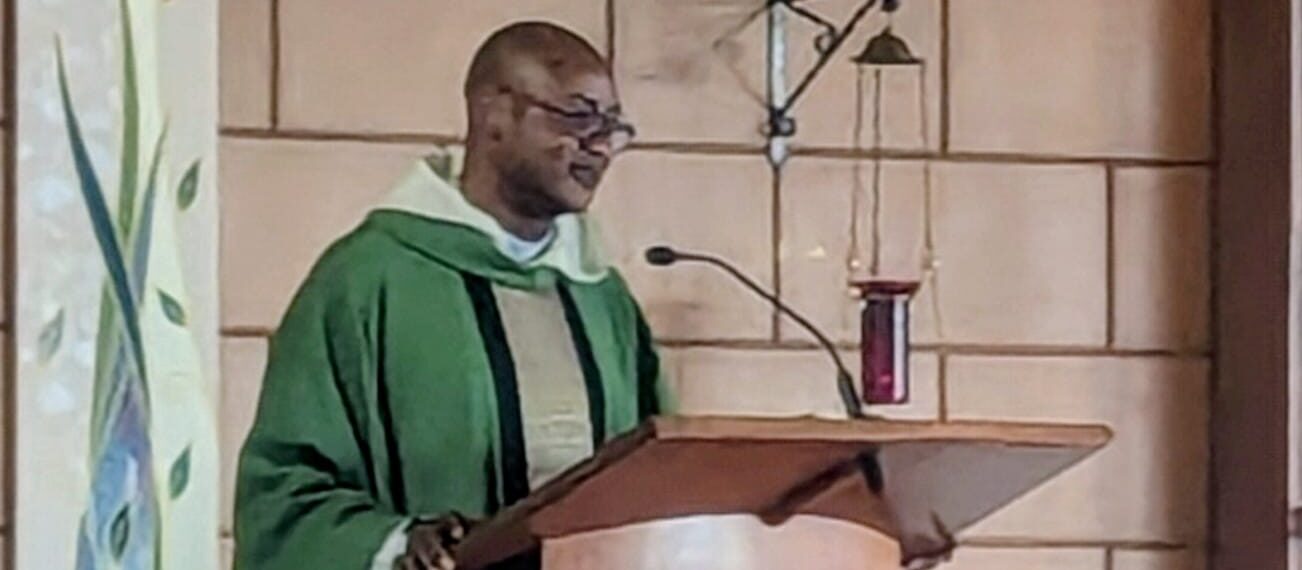Shikrot Mpwi – Sunday Synopsis
Fr. Justine John Dyikuk
Dear friends in Christ,
On the Feast of the Exaltation of the Holy Cross, C (September 14, 2025), I bring you greetings and God’s blessings!
Theme: The Cross: Our Banner, Our Pride
Introduction
Beloved in Christ, the feast of the Exaltation of the Holy Cross reminds us that Christianity is rooted in historical facts and real events. Today’s celebration transforms the Cross from an instrument of shame into a symbol of elevation and salvation. The discovery of the true Cross of Jesus by Saint Helena in 326 AD during her pilgrimage to Jerusalem is significant to this celebration. Helena, the mother of Emperor Constantine, found three crosses on Calvary and identified the true Cross through a miracle when a disabled man was placed on each cross. This led her to elevate the Cross in her palace in Rome, where she later dedicated it in the Church of the Holy Cross in 335. Fragments of the Cross spread throughout Christendom for veneration. In Rome, a solemn procession from the Basilica of St. Mary Major to St. John Lateran occurs to honour the Holy Cross, a tradition established on Good Friday. This also highlights the Sign of the Cross as an essential symbol of Catholicism. It prompts us to reflect on the significance of making the Sign of the Cross.
Why Catholics Make the Sign of the Cross
As Catholics, we make the sign of the Cross for several reasons:
-
It acknowledges the Trinity: God the Father, Son, and Holy Spirit.
-
Jesus carried the wood of the Cross to Calvary and was crucified with outstretched arms.
• His death on the Cross brings our salvation.
- It serves as an act of faith to ward off evil.
- We bless ourselves, seeking goodwill from God.
- It symbolises both our love for God (vertical) and for our neighbour (horizontal), reflecting Jesus’ paschal mysteries.
Review of Readings
The first reading from Numbers 21:4-9 recounts the Israelites’ journey in the wilderness, where they complained against God and Moses. In response, God sent venomous snakes that caused suffering and death. Recognising their sin, the people asked Moses for help. God instructed Moses to create a bronze serpent on a pole, promising healing to anyone who looked at it. This story illustrates themes of repentance, divine mercy, and faith, foreshadowing the salvation offered through Christ on the Cross.
The second reading from Philippians 2:6-11 beautifully illustrates the humility of Jesus. He willingly emptied Himself and took on the form of a slave, demonstrating the depth of His love and service to humanity. This passage emphasises that because of His humility and obedience, God highly exalted Him, granting Him a name that is above every name.
The gospel (John 3:13-17) highlights God’s immense love for humanity through Jesus’ sacrifice, offering eternal life to all believers and emphasising that Jesus came to save the world, not to condemn it.
Take-home Lessons
-
In a world where sugar-coating the gospel is common, the snake bites in the first reading symbolise trials and temptations, reminding Christians to take up their cross and follow Christ (Cf. Matthew 16:24-26).
2. Similar to how the Israelites asked Moses to intercede for them, we, too, can approach Jesus on the Cross with a contrite heart and be heard.
-
The second reading reminds us that God raised Jesus for his humility, urging us to emulate his self-abnegation.
4. Just as Moses intervened for the Israelites, Christ, exalted on the Cross as our redeemer, calls us to lift Jesus in our daily lives.
-
Looking at the serpent brought healing in the old dispensation, just as looking to the Crucified Christ today leads to healing, as scripture states: “By his wounds, we are healed” (Isaiah 53:5).
Conclusion
In his book, The New Daily Study Bible, William Barclay highlights the impact of John Henry Newman’s death on the community, which honored him with a statue inscribed “Ab umbri et imaginibus ad veritatem” (“Away from the shadows and semblances to the truth”). This emphasizes our mission to pursue truth beyond superficial appearances. The Cross represents the essence of our faith, elevating our hearts and minds to God when we pray. Our worship deepens our relationship with Him, and as believers, we are called to glorify Him (Cf. Psalm 86:9) and engage in Catholic Action daily. We confidently affirm St. Paul’s statement: “But God forbid that I should glory, except in the cross of Our Lord Jesus Christ” (Galatians 6:14). Have a grand celebration!



